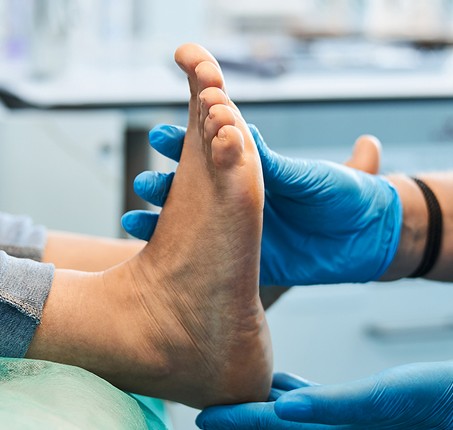For most people, a pedicure is a treat. A moment to unwind. A way to smooth out the rough edges — quite literally. But for someone living with diabetes, that simple ritual becomes something else entirely: not just a luxury, but a responsibility. Not just about appearance, but health. Safety. Prevention.
If you’ve ever lived in a body with diabetes, you’ve likely heard it before — take care of your feet. It sounds simple. But diabetes changes the game. Blood flow slows. Nerve endings go quiet. A small nick or unnoticed blister can grow into something far more serious. Suddenly, something like a hangnail or cracked heel isn’t just uncomfortable — it’s a potential risk.
And that’s where the diabetic pedicure comes in.
It’s not a spa day with hot stones and vigorous scrubbing. It’s something gentler, quieter, and more focused. It’s about preventing injury, promoting circulation, and doing the delicate work that feet need when they’re a little more vulnerable than most.
A diabetic pedicure isn’t just about trimming nails and smoothing calluses. It’s about having a professional — ideally one trained in diabetic foot care — who knows what not to do just as much as what to do. No sharp tools digging into cuticles. No cutting calluses too close. No foot soaks in overly hot water that could cause burns in feet that no longer feel heat well. It’s care, not cosmetics. Precision, not polish.
And yet, there’s still something beautiful in it. Because feet — often ignored or hidden away — carry us through life. They deserve attention, even if that attention has to be more careful, more medical, more serious. It’s okay to mourn a little if you miss the indulgence of a “regular” pedicure. But it’s also okay to reclaim this as something meaningful, too — an act of respect for the body you’re living in now.
The truth is, diabetic pedicures are not just about what happens in the chair. They’re also about what comes next: monitoring your own feet, checking for redness or changes, staying alert to small signs that could turn into bigger problems. It’s not glamorous. But it’s powerful. Because caring for your feet is, in many ways, an act of long-term self-preservation.
If you’re considering getting one, look for providers who specialize in diabetic foot care — sometimes podiatrists, sometimes licensed medical pedicurists. Ask questions. Make sure they use sterilized tools. That they understand the condition you’re managing, not just the polish you want.
Because with diabetes, prevention is everything. And your feet — humble, hard-working, often overlooked — deserve all the care you can give them.
So yes, a diabetic pedicure may not come with bubbles or glitter or lavender lotion. But it comes with something better: peace of mind, safety, and the quiet satisfaction of knowing you’re doing something kind for your future self.
That’s not just self-care. That’s strength.




